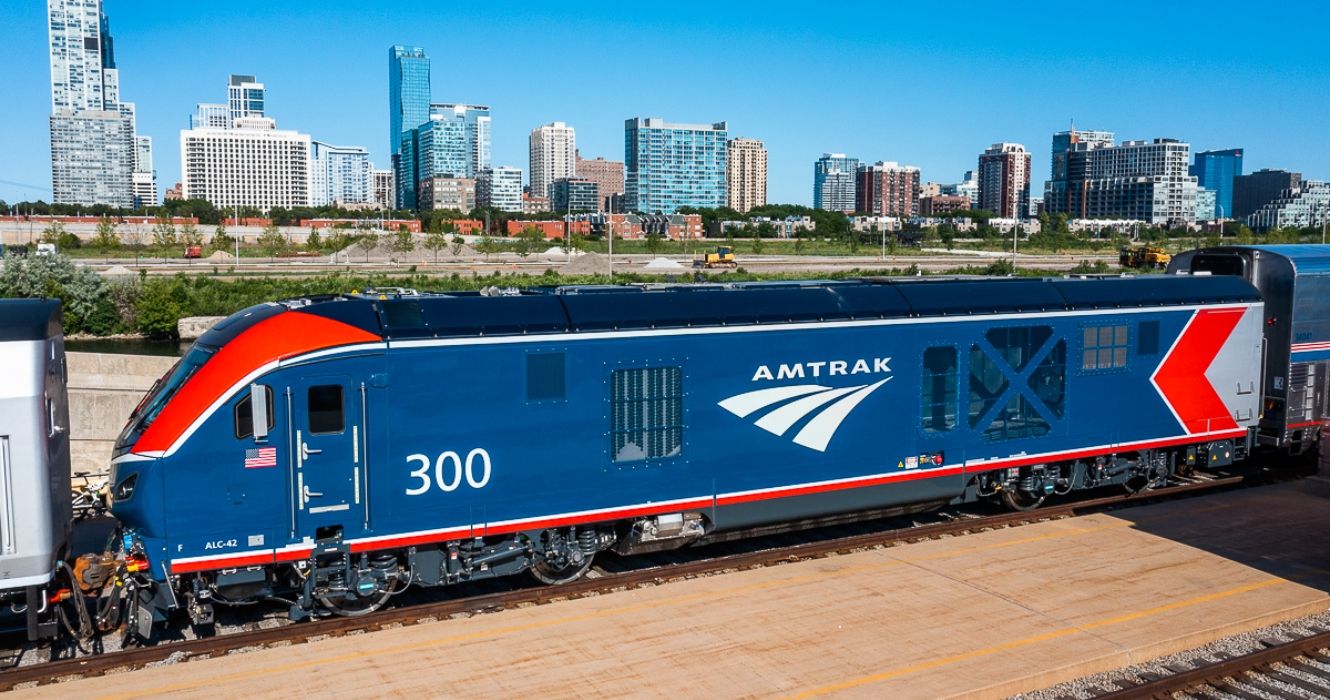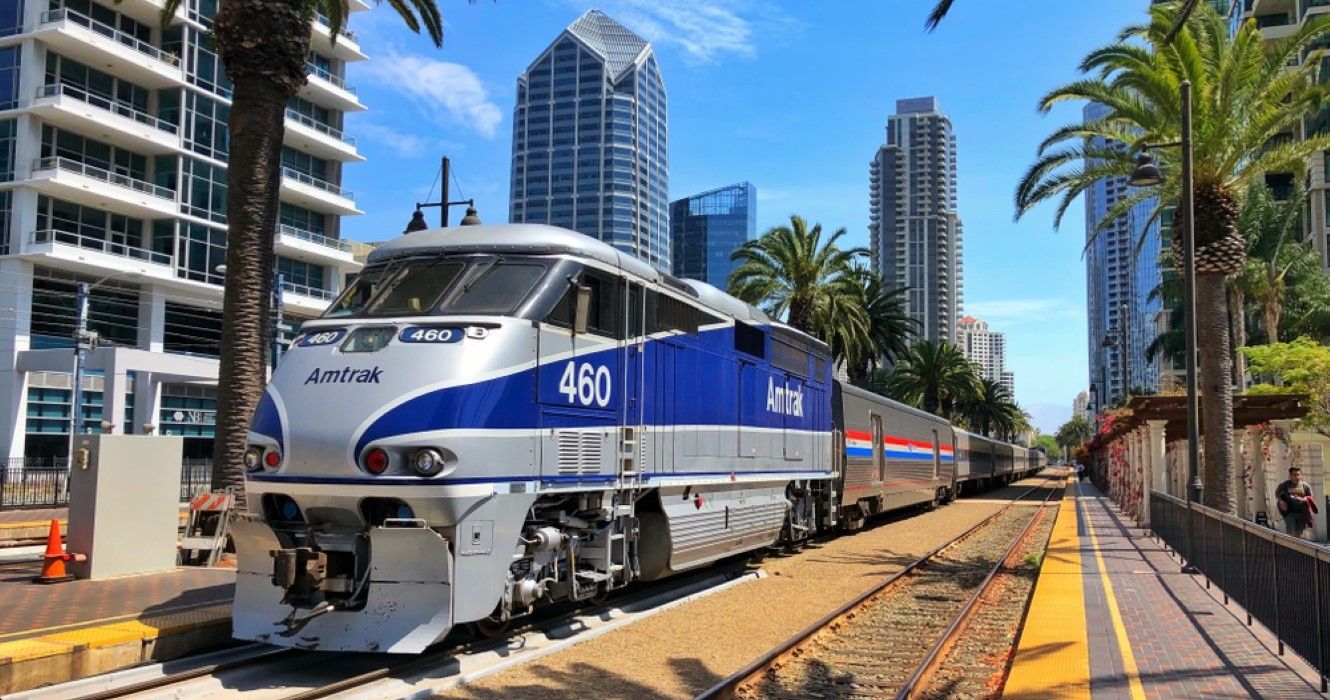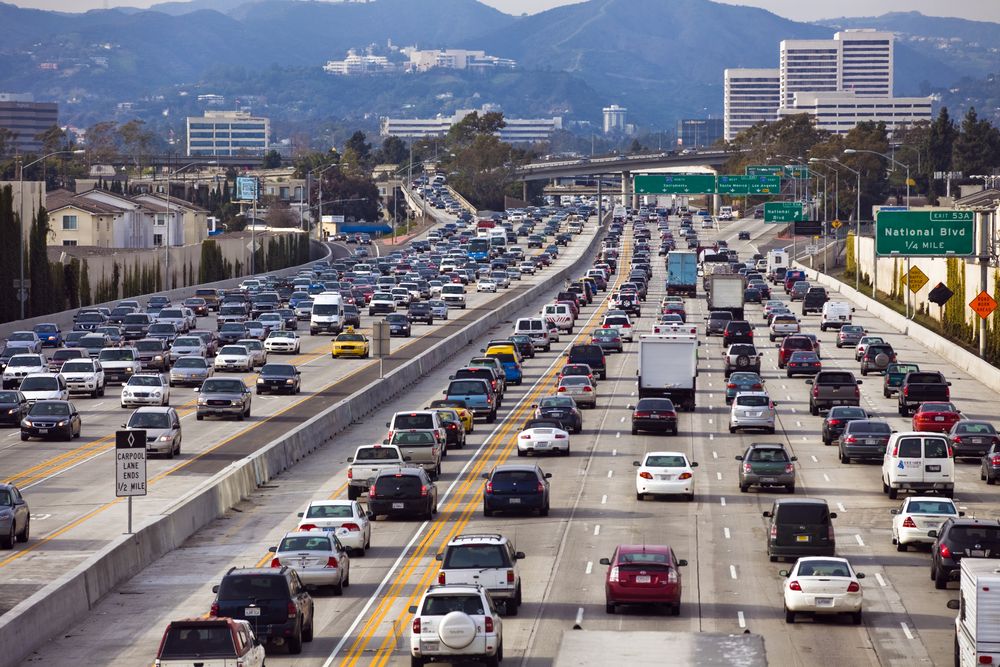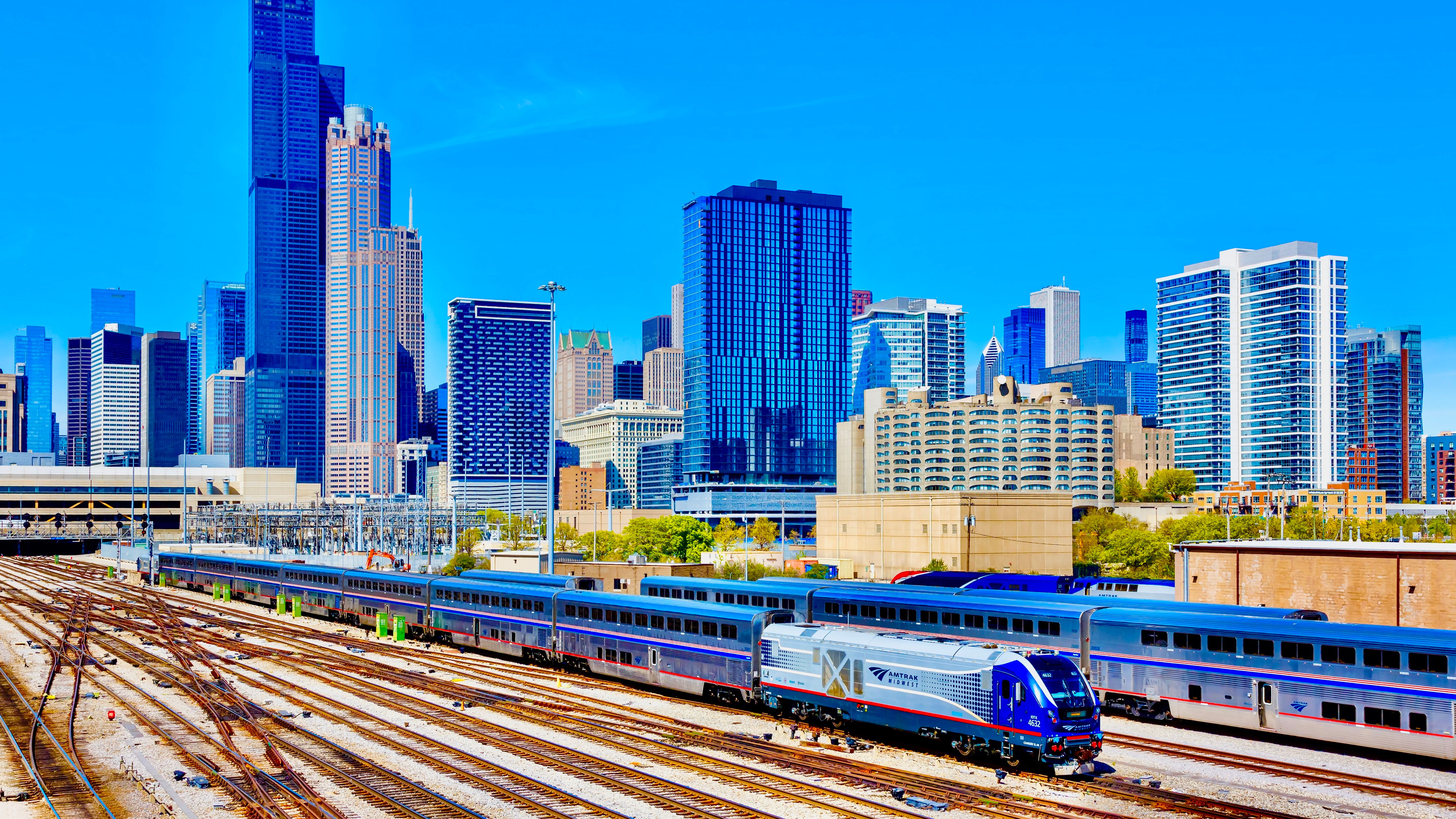Is Driving Cheaper Than An Amtrak Commuter Train? - TheTravel
Summary
- Amtrak offers commuter lines that compete with city trains and driving can save money upfront, but parking costs can add up.
- Driving is normally cheaper than Amtrak trains upfront, but commuting on trains can be more relaxing and productive.
- Commuting with Amtrak can provide a more relaxing and productive environment compared to driving, especially in busy city traffic.
Amtrak is not intended as a commuter service but instead as America's national inter-city rail service; it serves 46 states and three Canadian provinces. Notwithstanding being a long-distance train service, a number of its sections are used as commuter rails. So, on these routes, is it cheaper to take an Amtrak commuter train or to drive?
The answer is somewhat complicated, but it can be argued that commuting on the Amtrak train is either cheaper or just overall more beneficial. These commuter routes are some of the busiest Amtrak routes and there is much to know about riding with Amtrak for the first time whether you're hoping to cut costs or streamline your commute.
Amtrak Offers Lines Suitable For Commuting Can Compete With Commuter Lines
Amtrak is primarily an inter-city service, but some lines can be used for commuting within a city and between nearby cities
Amtrak can often be price competitive in areas where Amtrak offers similar services to city trains. For example, in the Los Angeles region, Amtrak's trains are more or less price-competitive with MetroLink (Los Angeles's dedicated commuter train network).
Where Amtrak overlaps with commuter trains, one benefit is that it can often offer increased services. For example, an onboard cafe and the option to upgrade to Business Class comes with Amtrak (along with a host of other benefits).

10 California Cities That Are Worth Visiting Along The MetroLink Train Line
Hop on the MetroLink and check out some of the most beautiful gems in the Golden State.Driving Is Normally Cheaper Than Taking Amtrak Trains
Amtrak fares are typically much more than the cost of gasoline, but there are other costs when driving
The cons and pros of Amtrak over driving vary from place to place and from time to time. For example, cars get stuck in peak-hour traffic while trains do not. A train station within walking distance can save on parking fees, whereas parking downtown can be very expensive.
Benefits Of Commuting With Amtrak:
- More Relaxing
- Potentially Eliminating Parking Fees
- By Passing Peak Hour Traffic
- Potential to Productively Utilize Time
- Environmentally Friendly
The cost of an Amtrak ride from Los Angeles Union Station to Santa Fe Depot in San Diego is approximately $36 for Coach Class and $55 for Business Class. By road, that is a distance of 120 miles.
A car can be expected to get around 25 miles per gallon and in March 2024, the cost of gasoline in California was $4.87. To drive the same route (and only for gasoline) it will cost around $23, meaning it is cheaper to drive.
- Monthly Parking: $65 to Over $300 in Los Angeles
But one of the hidden costs is parking (assuming commuters can get to the train station without parking their car). It costs anywhere from $0.50 to $6 per hour for metered street parking in Los Angeles and daily rates can reach as high as $40 to $60.
Cost LAX to Santa Fe Deport, San Diego:
- Amtrak: From $36 Coach Class
- Driving: Approx. $22 (gasoline only)
As a rule of thumb, if the roads are clear, then it is likely to be faster to drive than take the train (especially considering passengers need to transfer from their homes to the train station). For example, from Los Angeles Union Station to Santa Fe Depot by Amtrax's scenic Pacific Surfliner takes 2 hours and 54 minutes and to drive it takes about 2 hours (assuming no traffic).

Los Angeles To New York City: How Much This 17-Day Train Journey Through The South Will Cost
From Los Angeles to New Orleans up to New York City, Amtrak's Southern Trail is the ultimate U.S. coast-to-coast adventure.Time On Trains Is More Relaxing & Productive Than Driving
It is easier to make time spent on trains more productive than driving
Trains (especially Amtrak's comfortable long-distance designed trains) are typically more relaxing than driving. Those driving need to be awake and concentrate on driving. Drivers can't do anything other than drive (and listen to music or podcasts and take Bluetooth phone calls).
Productive Use Of Time On Trains:
- Napping
- Answering Work Calls
- Laptop Work / Emails
- Reading
The time spent on trains can be productive. Passengers can have the option of catching a needed nap on the train. Sleep can be viewed as a productive use of time, with travelers arriving at work refreshed after getting up early in the morning being very beneficial.
Alternatively, passengers can work, take calls, and read on the train. Depending on their job, passengers on Amtrak trains can answer emails and catch up with the day's work before even getting to the office.
How useful or relevant this is, varies widely from person to person (and may not exist at all for many people). But it is possible for someone commuting from San Diego to Los Angeles to gain a couple of potentially productive hours a day by taking the train. And the cost can be similar once parking is accounted for.




Comments
Post a Comment